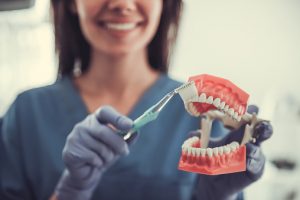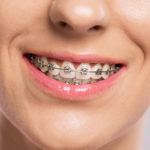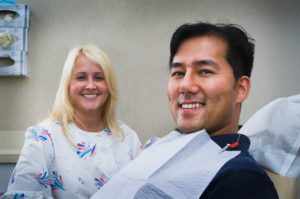October is National Dental Hygiene Month and Flushing Hospital Medical Center (FHMC) would like to bring awareness to a dental hygiene condition that affects most people, gum disease or gingivitis.
According to the Centers for Disease Control (CDC), approximately half of the American population has gum disease or symptoms of it. Affecting women and men alike, no one is excluded from this possible diagnosis- even child are susceptible.
Gum disease, also known as periodontal disease, is a contagious bacterial infection that affects the gum tissues and bone that supports the teeth. Many factors can increase the chances of developing gum disease, such as tobacco use, stress, poor diet, or even genetics. Hardened plaque, called tartar or calculus, that builds up by the gum line can bring about gingivitis and spread into the underlying bone. It can start slowly without any pain and may go unnoticed until there is pain.
Some of the symptoms of gum disease can include:
- Red, swollen or tender gums
- Gums that bleed when brushing or flossing
- Receding gums
- Tooth sensitivity
- Metallic taste
- Chronic bad breath
- Deep pockets (the space between gums and the teeth)
While practicing good dental hygiene, such as regular flossing and brushing after meals, can help slow the progression of such a disease, it is important to schedule regular dental check-ups to prevent gum disease or its progression.
Unfortunately, many people go to the dentist only when they experience some sort of pain or symptom. Don’t let this happen to you. Keep on top of your oral health and make an appointment with your dentist every six months for a dental check- up and deep cleaning. If you would like to make an appointment with a Board Certified Dentist at Flushing Hospital’s Dental Center, call 718-670-5221 to schedule an appointment.
All content of this newsletter is intended for general information purposes only and is not intended or implied to be a substitute for professional medical advice, diagnosis or treatment. Please consult a medical professional before adopting any of the suggestions on this page. You must never disregard professional medical advice or delay seeking medical treatment based upon any content of this newsletter. PROMPTLY CONSULT YOUR PHYSICIAN OR CALL 911 IF YOU BELIEVE YOU HAVE A MEDICAL EMERGENCY.





